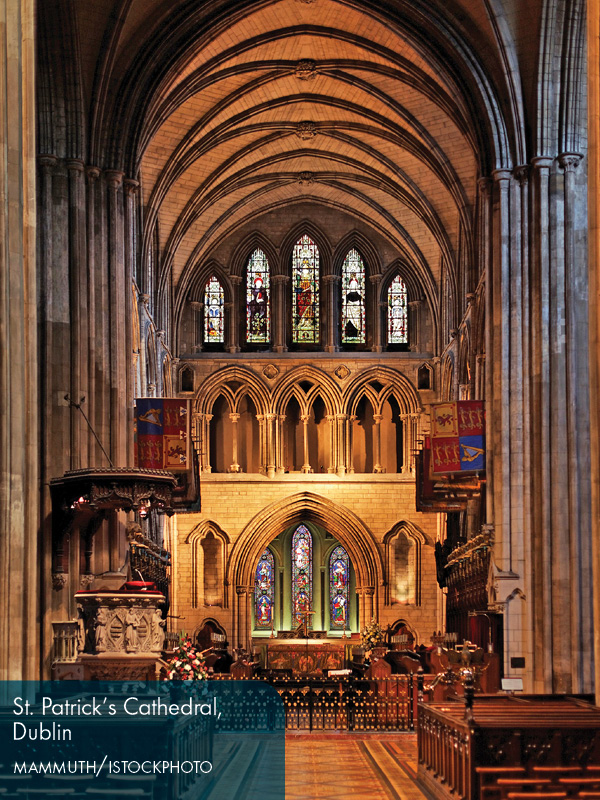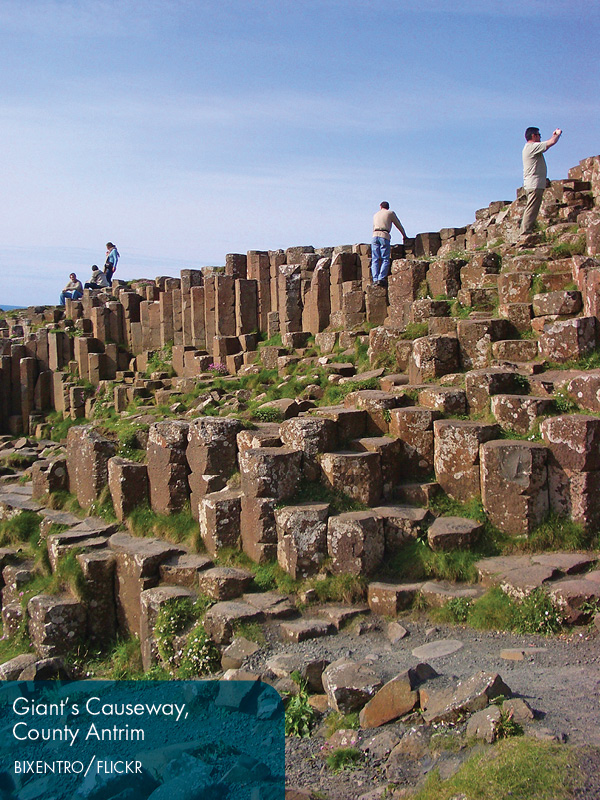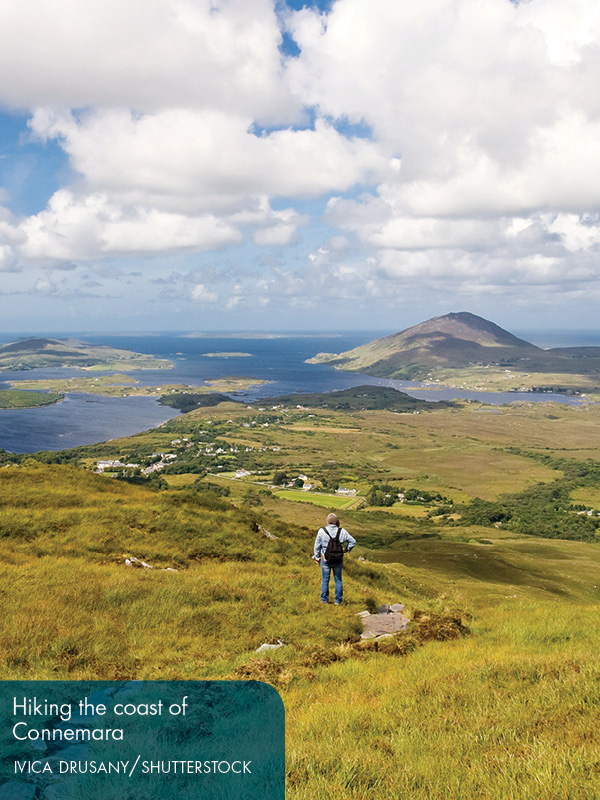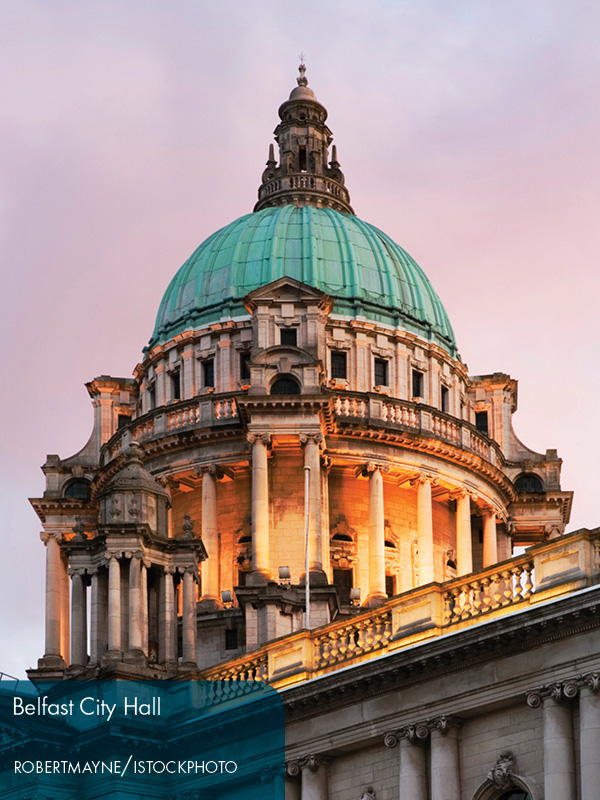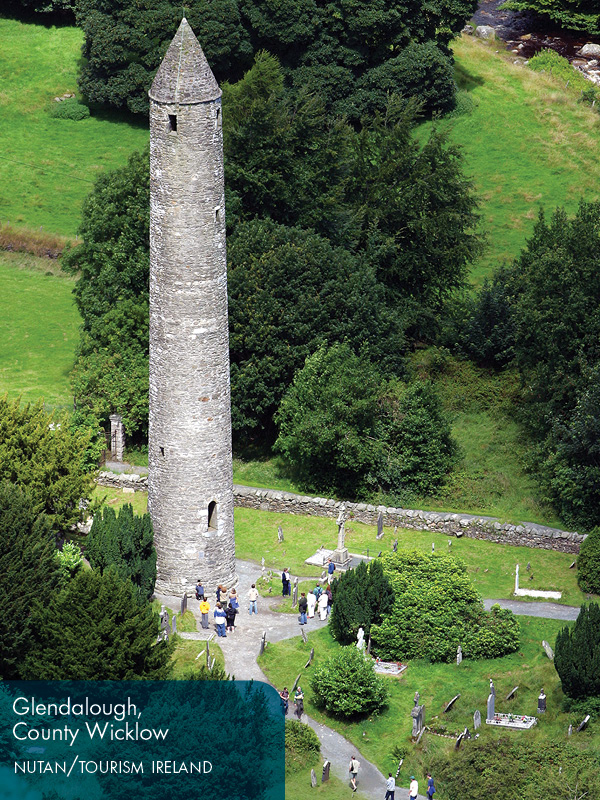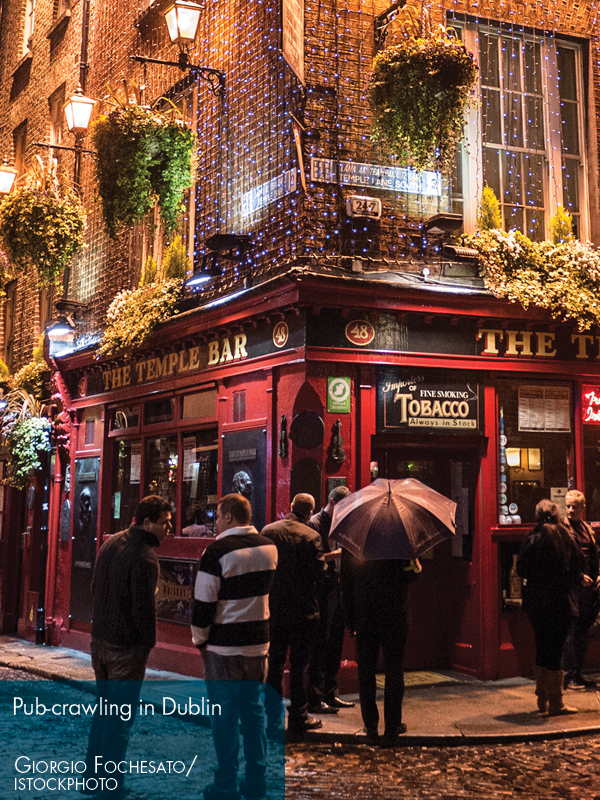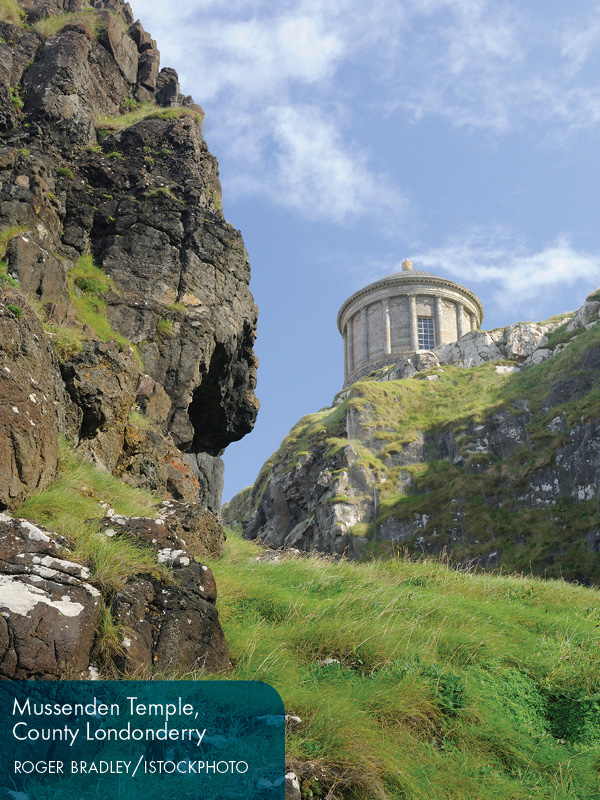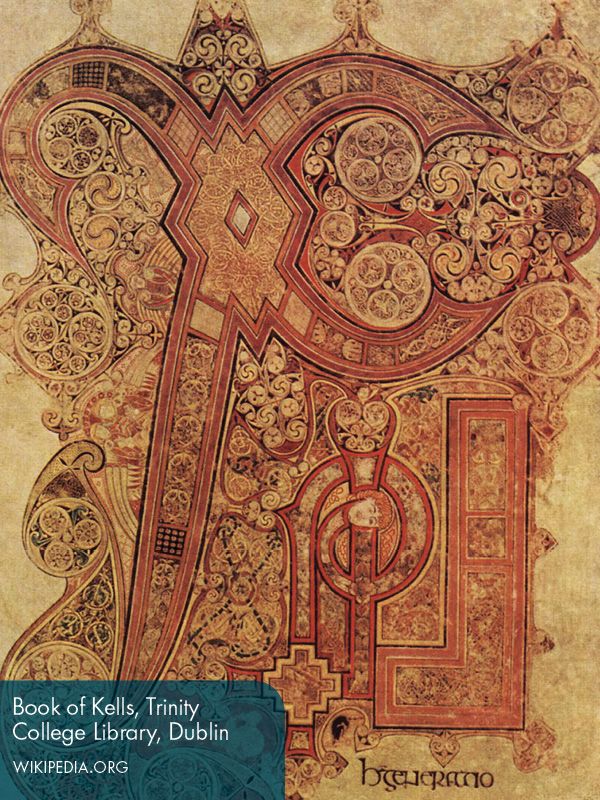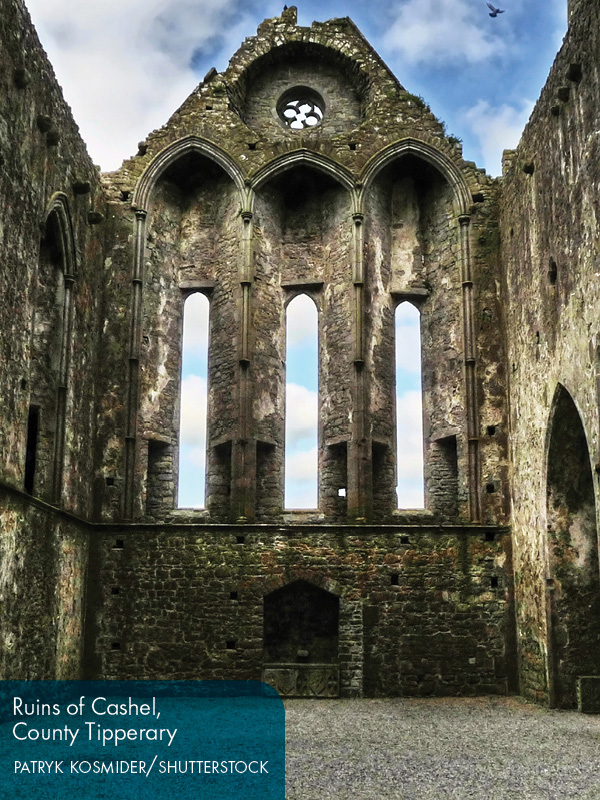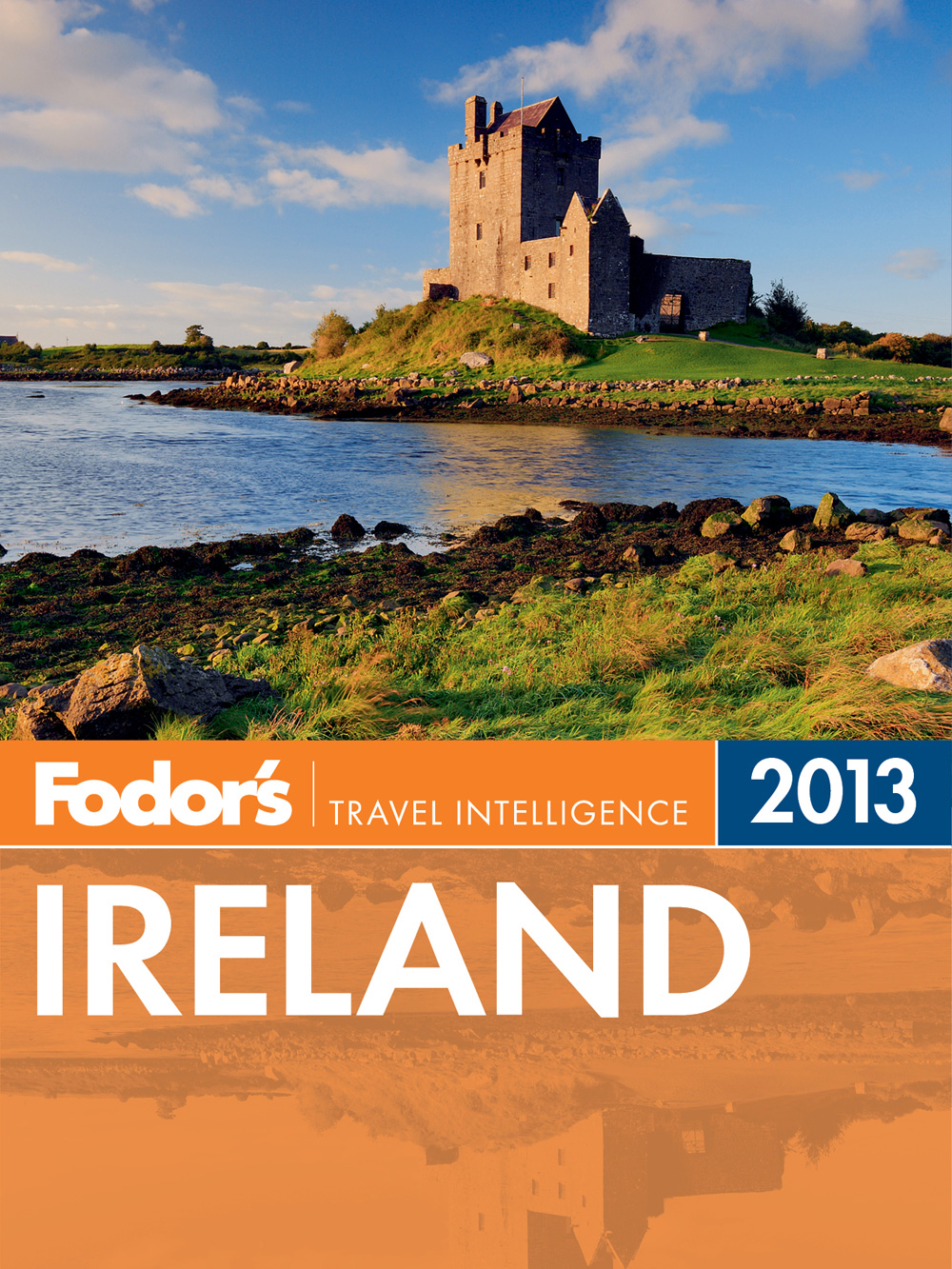
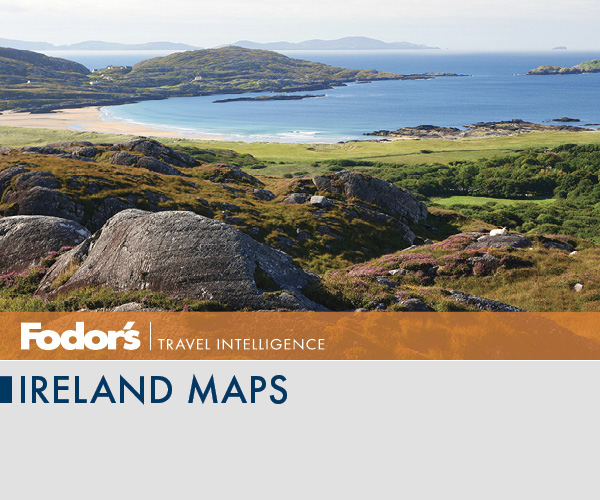
Dublin
Dublin Environs
The Midlands
The Southeast
County Cork
The Southwest
County Clare, Galway City, and the Aran Islands
Connemara and County Mayo
The Northwest
Northern Ireland
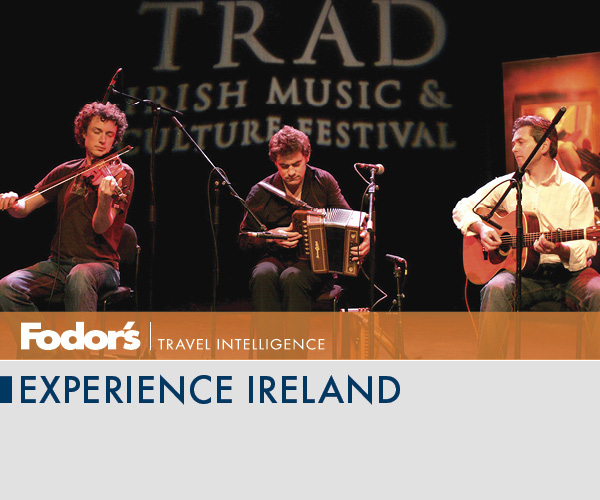
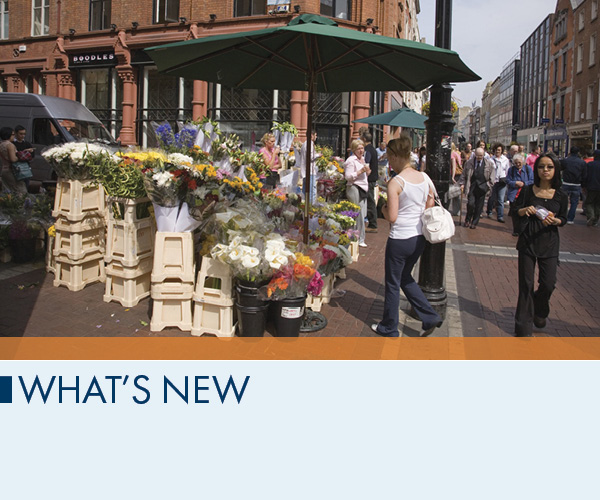
From Boom to...
If your only contact with Ireland has been through the international media, you might be moved to pity and fear at the plight of this fragile, little island. In the last few years, the Irish have suffered the classic Greek tragedy (incidentally so have the Greeks). Years of double-digit growth had led to the pride and vanity of the Celtic Tiger, so the fall was far and deep when the international financial crisis swept across the old sod in a tsunami of bad debt.
A massive economic bailout by the European Union and the IMF mean that Ireland has effectively lost its financial sovereignty, something truly precious to every citizen, as it was won with blood and sacrifice less than a century ago in rebellion against the British. The blight of emigration has returned, with many of our overeducated young people forced to say good-bye to a homeland that cannot sustain their hopes and ambitions.
The ongoing negative fallout is familiar the world over, except deeper and scarier: property prices have nearly halved, unemployment has tripled, government budget cuts have slashed public services, and The Great Recession has replaced the boom as the most boring thing to bring up in the midst of a good pub conservation. While some commentators dare to suggest there are the first hints of hints of a recovery, and Ireland has been the only bailed-out country in Europe to hit its fiscal targets, it will be years before the country is truly back on its own feet.
Even though it all ended in tears, the decade-long period of rapid growth and expansion changed the face of timeless Ireland forever. The paw print of the Tiger is everywhere: brash modern buildings; state-of-the-art highways; well-educated, confident young people; a slew of new immigrants from all corners of the globe; and the highest mobile phone usage in Europethe Ireland of idyllic postcard simplicity (if it ever existed) is truly gone forever, and with it, all those images of red-haired colleens leading turf-laden donkeys to thatched cottages.
But beneath the headlines and the grimness of the financial news, real Irelandthe things that were never for salegoes on, and perhaps even shows signs of prospering. The landscape is still ancient, empty, and breathtakingly beautiful. History, drama, and passion shine from every ruined castle wall and old Irish poem.
The Culture Industry
People tend to reassess what really matters in a crisis. In Ireland, one result of the boom has been a refocusing of attention on culture as a window into the damaged soul of the nation, and as a possible creative drive to help us right the listing ship. In late 2011, the country took the bold step to elect a poet and intellectual, Michael D. Higgins, as president, beating a celebrity businessman into a distant second place. While his power is limited, the symbolic value of the move was clear; we value things other than money. Funding for the arts may have been cut, but affordable spaces have become available for galleries and plays and people are turning again to artists to look deeper at the true state of the nation. Small theatre companies are springing up in unexpected places and film is actually one of the few growth industries. Rich in technical and acting talent, and suddenly affordable once again, Ireland has recently become a prized location for the worlds top film and TV producers: dont be surprised to run into one of your favorite marauding characters from Game of Thrones (filmed largely in Northern Ireland) on your travels.
Titanic Belfast
Sometimes its hard to believe that a ship that sank on its maiden voyage, causing an international scandal and untold tragedy, has become one of the worlds great iconic stories. Belfast isnt complaining. In early 2012, on the centenary of the launch and sinking of the Titanic, the city that built the mighty leviathan began a huge waterfront development to return life to the once proud dockyard district. At the heart of the project is the majestic new Titanic Belfast, a museum dedicated to the construction and story of the doomed ocean liner. Slick, ambitious, and high-tech (sounds a bit like a press release for the original ship), the museum sets out to take ownership of the story for Belfast and continue the revival and regeneration of that long-blighted city. With a wealth of hotels, restaurants, bars, and cultural spaces planned for the whole docklands, theres a feeling that the city that refused to sink might just be able to relaunch itself as the coming place to visit on the island of Ireland.
Co-op is the New Zeitgeist
While Cork, the other capital city is blessed with the elegant and lively Victorian-style English Market, Dublin has for years lacked anything that could truly be called a city market. Enter the Dublin Food Co-op in Newmarket Square, a colorful, muck on your potatoes covered market set up in an old warehouse space left empty by the great economic bubble-popping.
A true organic food market every Saturday, and, alternatively, a vintage furniture, childrens, and bric-a-brac market on Sundays, the Co-op has captured the zeitgeist of New Dublin better than any other space. Loose, humble, democratic, fun, and, most of all, real, it replaces glitz and PR with hard work, community, generosity, and creativity.
Local bakers, cheese makers, veggie growers, and craftspeople have come together to make something out of nothing. The little ad-hoc caf at the back serves some of the best-value food aroundtheir fresh blueberry pancakes taste all the better for the lack of hype and hyperbole in the air.
Next page



